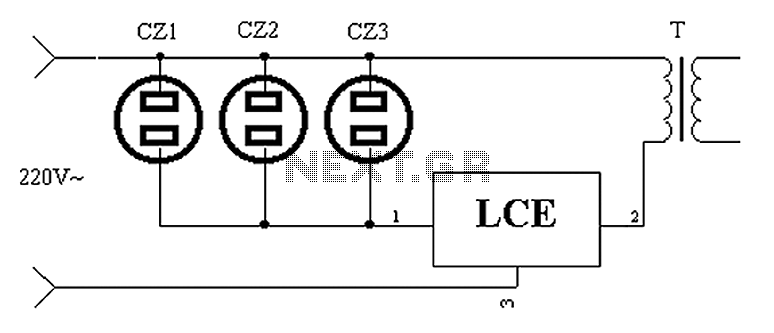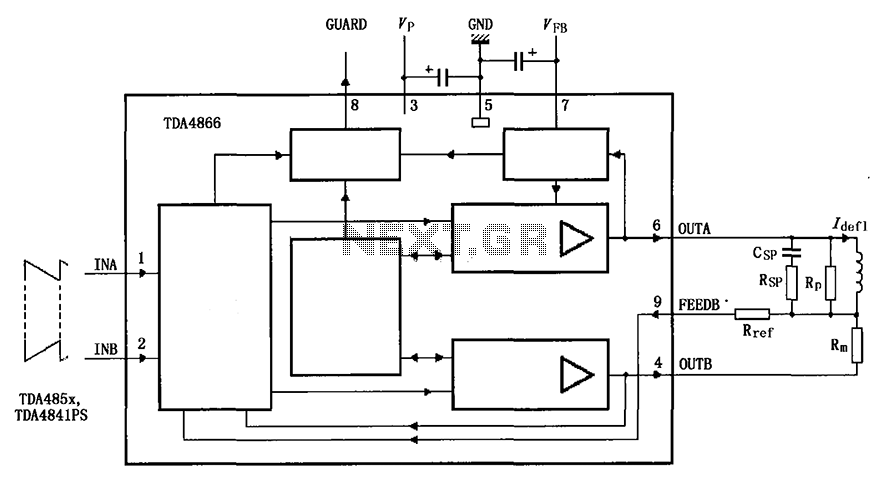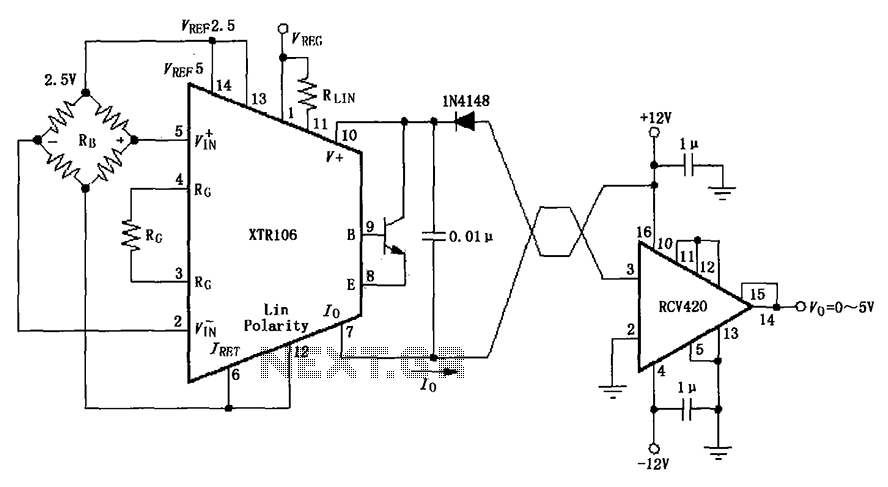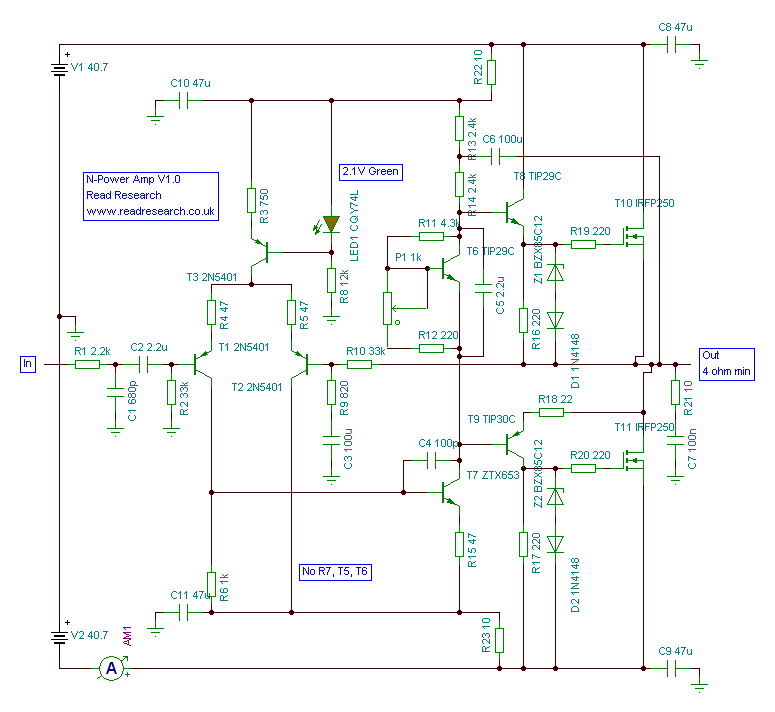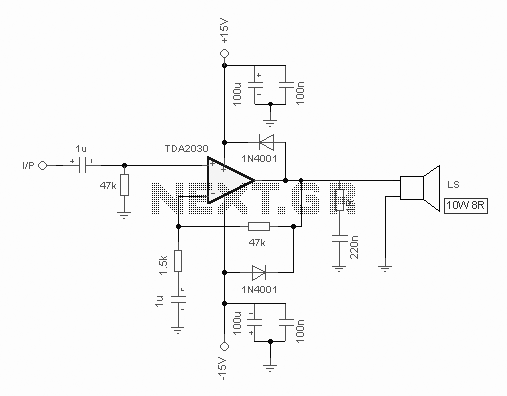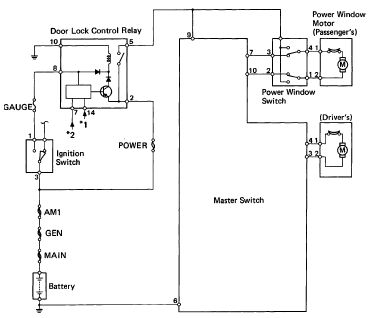
60 Watt Into 8 Ohms Power Amplifier
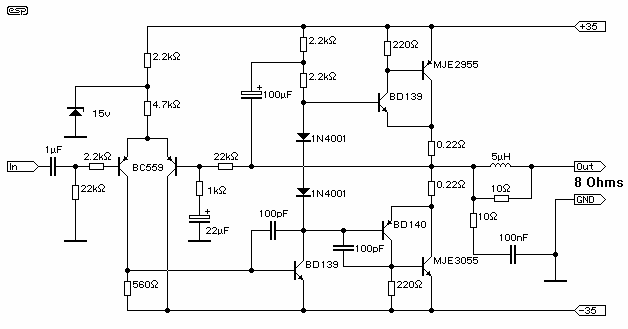
This amplifier does not claim to be state of the art, and in fact the base design is now over 20 years old. It is a simple amp to build, uses commonly available parts and is stable and reliable. The design featured is a slight modification of an amp I originally designed many years ago, of which hundreds were built. Most were operated as small PA or instrument amps, but many also found their way into home hi-fi systems.
The amplifier under discussion is not presented as a cutting-edge device, but rather as a reliable and time-tested design. Its inception dates back over two decades, testifying to its enduring functionality and relevance. The simplicity of its construction is one of its key features, utilizing parts that are commonly available, making it accessible for builders of varying skill levels. This also contributes to its stability and reliability, two crucial factors for any electronic device.
The current design is a slightly modified version of an original model, suggesting an evolutionary approach to its development. This amplifier has a proven track record, with hundreds of units having been constructed over the years. Its versatility is evident in its wide range of applications, from small public address systems to musical instrument amplification. A significant number of these units have also been integrated into home high-fidelity audio systems, demonstrating the amplifier's adaptability and broad appeal.
This amplifier's longevity and widespread use indicate a successful balance between simplicity, reliability, and performance. Its design allows for modifications and adaptations, thereby extending its utility and relevance. Despite not being a state-of-the-art device, its enduring popularity and practicality make it a valuable asset in various audio applications, from personal to professional settings.This amplifier does not claim to be "state of the art", and in fact the base design is now over 20 years old. It is a simple amp to build, uses commonly available parts and is stable and reliable. The design featured is a slight modification of an amp I originally designed many years ago, of which hundreds were built.
Most were operated as small PA or instrument amps, but many also found their way into home hi-fi systems. 🔗 External reference
The amplifier under discussion is not presented as a cutting-edge device, but rather as a reliable and time-tested design. Its inception dates back over two decades, testifying to its enduring functionality and relevance. The simplicity of its construction is one of its key features, utilizing parts that are commonly available, making it accessible for builders of varying skill levels. This also contributes to its stability and reliability, two crucial factors for any electronic device.
The current design is a slightly modified version of an original model, suggesting an evolutionary approach to its development. This amplifier has a proven track record, with hundreds of units having been constructed over the years. Its versatility is evident in its wide range of applications, from small public address systems to musical instrument amplification. A significant number of these units have also been integrated into home high-fidelity audio systems, demonstrating the amplifier's adaptability and broad appeal.
This amplifier's longevity and widespread use indicate a successful balance between simplicity, reliability, and performance. Its design allows for modifications and adaptations, thereby extending its utility and relevance. Despite not being a state-of-the-art device, its enduring popularity and practicality make it a valuable asset in various audio applications, from personal to professional settings.This amplifier does not claim to be "state of the art", and in fact the base design is now over 20 years old. It is a simple amp to build, uses commonly available parts and is stable and reliable. The design featured is a slight modification of an amp I originally designed many years ago, of which hundreds were built.
Most were operated as small PA or instrument amps, but many also found their way into home hi-fi systems. 🔗 External reference
